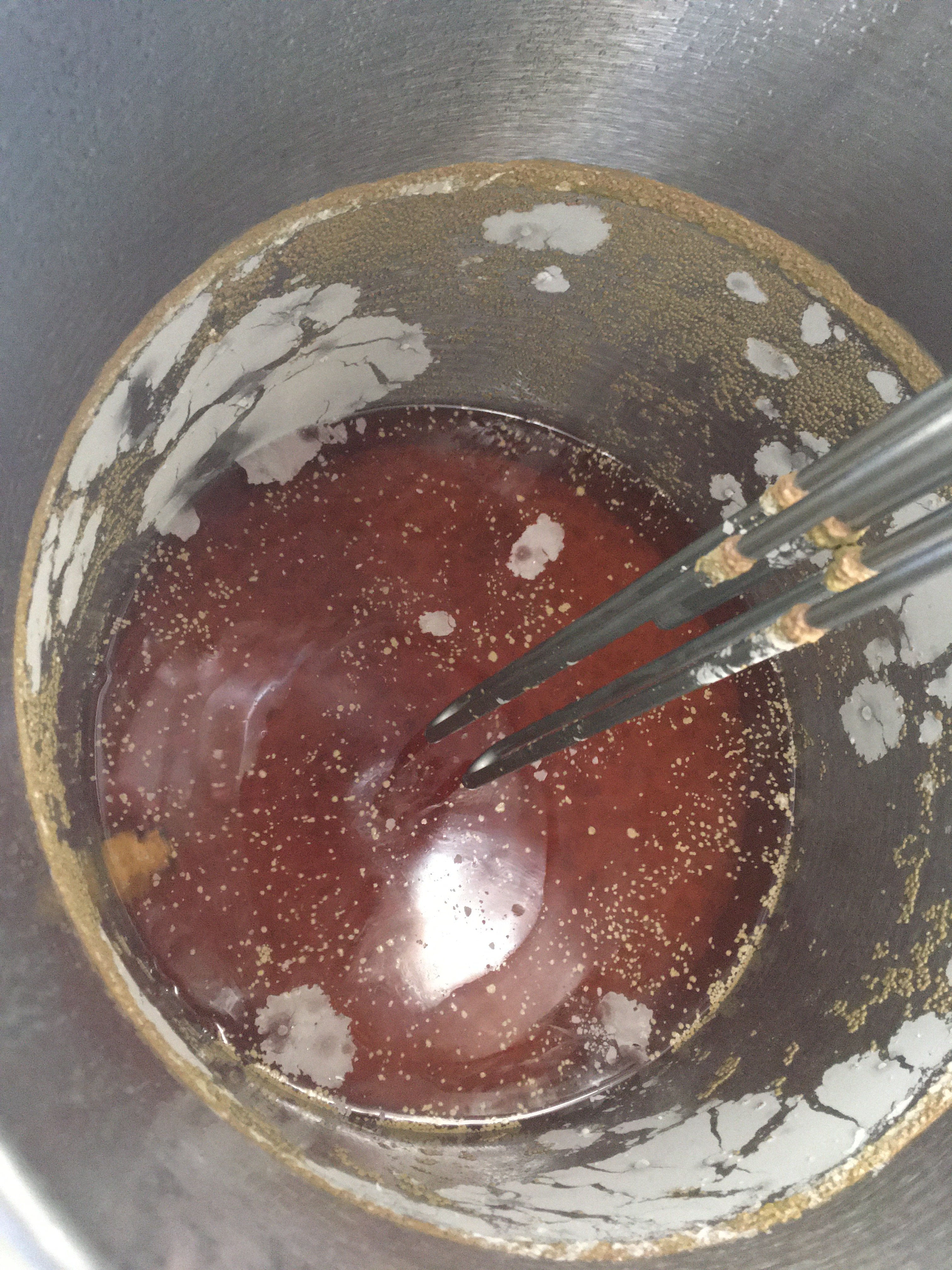Greetings,
So my first lager included whole-grain brown rice in a cereal mash. When I was transferring the lager to the keg, it tasted clean, very clear, the fruitiness of the El Dorado hops was coming through nicely. Then I opened the top of the fermenter and saw this:

At first, I thought it was mold, and so I didn't transfer all of it (only about 4 gallons) into the keg, but then on closer inspection it looks like fat. It doesn't taste moldy, it didn't have any fuzz or any discoloration, just this thin white crust. I decided to carb and lager it anyway and see what happens in a month. Any suggestions would be helpful.
Also, how long do the temp probes on the Inkbird normally last? Before I kegged this lager, which was sitting in a 60F garage, the temp probe was reading 100F. The beer was not anywhere above 60-65F.
Reevesie
So my first lager included whole-grain brown rice in a cereal mash. When I was transferring the lager to the keg, it tasted clean, very clear, the fruitiness of the El Dorado hops was coming through nicely. Then I opened the top of the fermenter and saw this:

At first, I thought it was mold, and so I didn't transfer all of it (only about 4 gallons) into the keg, but then on closer inspection it looks like fat. It doesn't taste moldy, it didn't have any fuzz or any discoloration, just this thin white crust. I decided to carb and lager it anyway and see what happens in a month. Any suggestions would be helpful.
Also, how long do the temp probes on the Inkbird normally last? Before I kegged this lager, which was sitting in a 60F garage, the temp probe was reading 100F. The beer was not anywhere above 60-65F.
Reevesie


